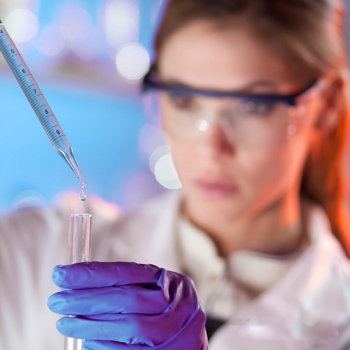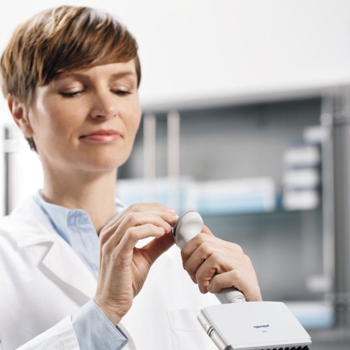Pipettes are laboratory instruments used for precise and controlled measurement and transfer of liquids. They are essential tools in various scientific and medical fields. Here are some common uses of pipettes:
Measuring Liquids:
- Pipettes allow scientists and researchers to accurately measure specific volumes of liquids, which is crucial for conducting experiments or preparing solutions with precise concentrations.
- Micropipettes, which can measure very small volumes, are commonly used in molecular biology for tasks like DNA quantification and protein concentration determination.
Sample Transfer:
- Pipettes are used to transfer liquids from one container to another, ensuring that the desired volume is moved without spillage or contamination.
- This is particularly important in analytical chemistry, where even small errors in volume transfer can significantly affect the accuracy of test results.
Titration:
- Titration is a fundamental technique in analytical chemistry used to determine the concentration of a substance in a solution.
- Pipettes are crucial for adding precise volumes of a titrant (a solution with known concentration) to a sample until the reaction is complete, allowing for accurate concentration calculations.
Cell Culture:
- In cell culture work, pipettes are essential for adding or removing specific volumes of culture media, reagents, and cell suspensions to maintain cell health and perform experiments.
- Aseptic techniques are critical to prevent contamination when handling pipettes in cell culture applications.
Molecular Biology:
- Pipettes play a central role in various molecular biology techniques:
- In PCR (polymerase chain reaction), researchers use pipettes to add precise amounts of DNA samples, primers, and reagents to amplify DNA segments.
- DNA sequencing, a critical tool in genomics, relies on accurate pipetting to prepare samples for sequencing instruments.
- Gel electrophoresis requires pipettes to load DNA samples into wells for separation based on size.
Chemical Analysis:
- In chemical analysis, pipettes ensure that specific volumes of reagents, samples, or standards are measured accurately, a prerequisite for reliable results:
- Spectrophotometry uses pipettes to prepare standard solutions and measure the absorbance of substances at different wavelengths.
- Chromatography techniques (e.g., HPLC) rely on precise pipetting to inject samples into the chromatograph for separation and analysis.
Clinical and Medical Testing:
- In medical laboratories, pipettes are used for a wide range of tests and procedures:
- For blood tests, pipettes are crucial for measuring precise volumes of blood, serum, or plasma to detect various medical conditions.
- In urinalysis, pipettes are used to transfer urine samples to test strips or analytical equipment for diagnostic purposes.
Drug Discovery:
- Pipettes are employed in pharmaceutical research and high-throughput screening to handle various compounds and perform assays:
- High-throughput screening (HTS) relies on automation and multichannel pipettes to test thousands of compounds rapidly for potential drug candidates.
Food and Beverage Testing:
- In the food industry, pipettes are used for quality control and safety testing:
- Food scientists use pipettes to measure specific volumes of liquids, such as flavor additives, in food product development.
- Food safety testing may involve pipetting precise amounts of samples for pathogen detection or contamination analysis.
Environmental Analysis:
- Environmental scientists use pipettes in tasks related to water and soil analysis:
- For water quality testing, pipettes are used to measure precise volumes of water samples to assess parameters like pH, turbidity, and chemical composition.
- In soil analysis, pipettes help scientists prepare samples for testing pollutants and contaminants, including heavy metals and organic compounds.
Pipette is an important laboratory instrument. Here are its role:
The role of pipette
- Volume transfer: Pipettes can transfer liquids from one container to another, and can transfer liquids from multiple containers containing different liquids to other containers respectively, achieving precise volume transfer. For example, in the field of biology, pipettes can be used to transfer liquids in reaction tubes containing samples to other reaction tubes or well plates for analysis or experiments.
- Liquid Dispensing: In addition to transferring liquids from one container to another, pipettes also enable precise dispensing of liquids. For example, in the field of drug screening, pipettes can dispense precisely measured amounts of reagent liquids (e.g., compounds) into multiple wells for large-scale drug screening.
- Liquid mixing: Pipettes can achieve liquid mixing. By accurately sucking and spitting out liquid measurements from different containers, liquids from different reagents can be mixed together to achieve specific reaction conditions, allowing for more complex experiments.

